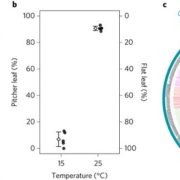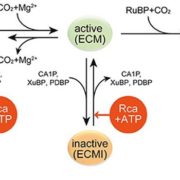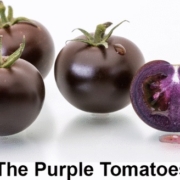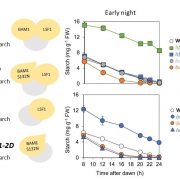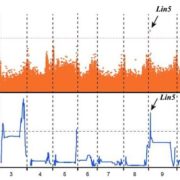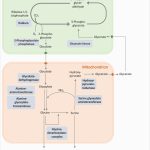Review: One plant’s poison
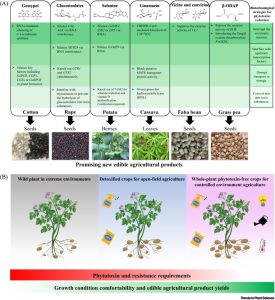 Plants synthesize interesting chemicals that attract, deter, amuse, and harm their predators. Some of the most harmful to humans have been selectively eliminated through the process of domestication, but others render potential food sources inedible. This review by Liu et al. discusses four approaches to increasing harvest index (product per plant) by selectively removing phytotoxins from otherwise edible tissues. As an example, antinutritional glucosinolates (GSLs) in canola seeds make the residue after extracting the oil inedible. Similarly, although cotton seeds have a lot of protein, they also contain phytotoxic gossypol, and cassava leaves contain cyanogenic glycosides. For these and other phytotoxins, several strategies have been explored to eliminate them from tissues that would otherwise be good food sources. These strategies include interfering with their biosynthetic enzymes or the genes that encode them, disrupting their transport or storage, or converting them to non-toxic forms. As the authors observe, detoxified plants may benefit from controlled growth environments to compensate for the narrowing of their defensive arsenals. (Summary by Mary Williams @PlantTeaching) Trends Plant Sci. 10.1016/j.tplants.2022.11.002
Plants synthesize interesting chemicals that attract, deter, amuse, and harm their predators. Some of the most harmful to humans have been selectively eliminated through the process of domestication, but others render potential food sources inedible. This review by Liu et al. discusses four approaches to increasing harvest index (product per plant) by selectively removing phytotoxins from otherwise edible tissues. As an example, antinutritional glucosinolates (GSLs) in canola seeds make the residue after extracting the oil inedible. Similarly, although cotton seeds have a lot of protein, they also contain phytotoxic gossypol, and cassava leaves contain cyanogenic glycosides. For these and other phytotoxins, several strategies have been explored to eliminate them from tissues that would otherwise be good food sources. These strategies include interfering with their biosynthetic enzymes or the genes that encode them, disrupting their transport or storage, or converting them to non-toxic forms. As the authors observe, detoxified plants may benefit from controlled growth environments to compensate for the narrowing of their defensive arsenals. (Summary by Mary Williams @PlantTeaching) Trends Plant Sci. 10.1016/j.tplants.2022.11.002


